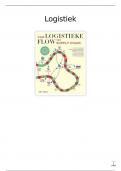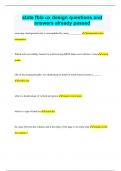Samenvatting
Overzichtelijke samenvatting les 2 algemene microbiologie
- Vak
- Instelling
Een overzichtelijke en duidelijk gestructureerde samenvatting van les 2 algemene microbiologie. Met alle informatie van op de slides + aantekeningen tijdens de les.
[Meer zien]












